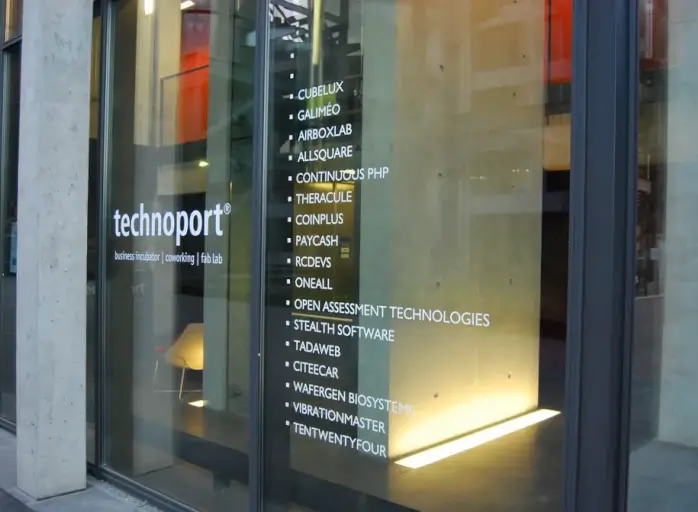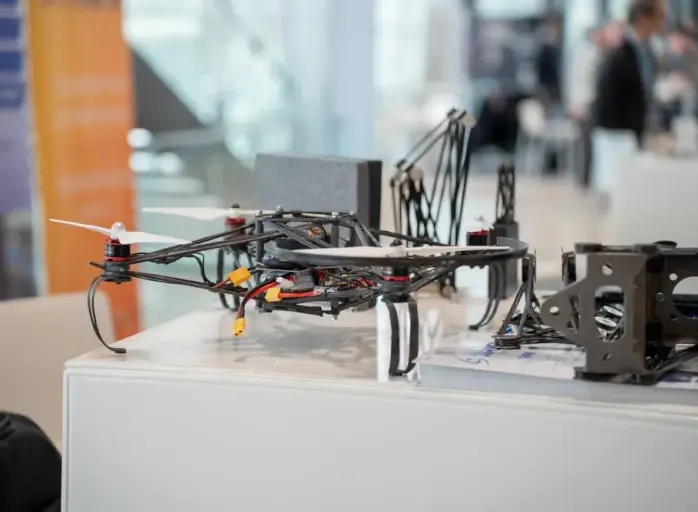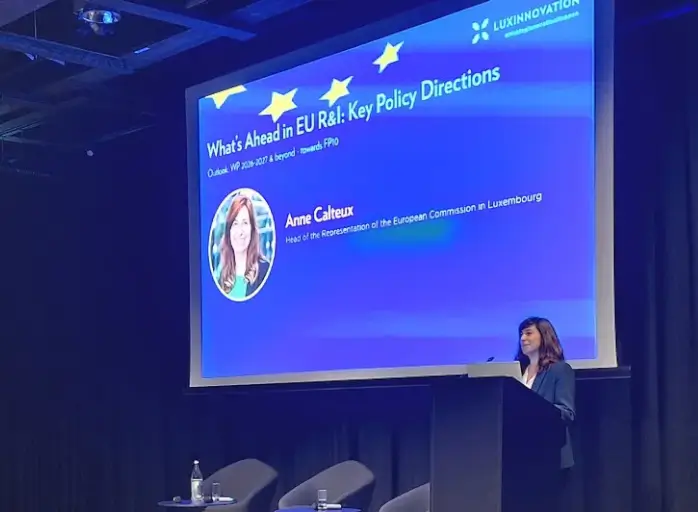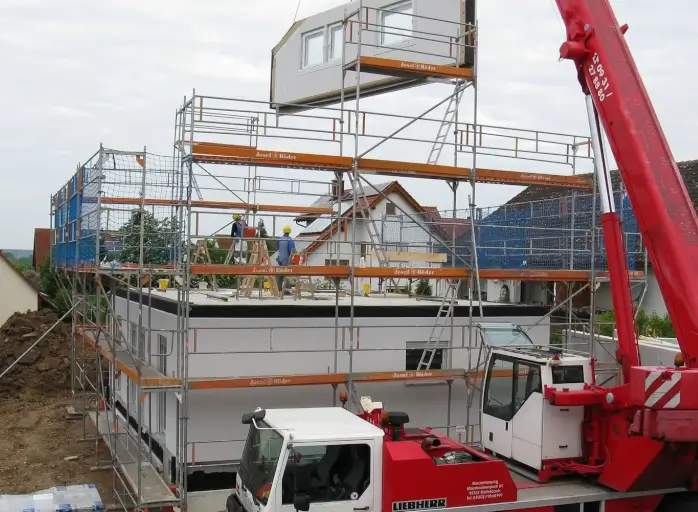
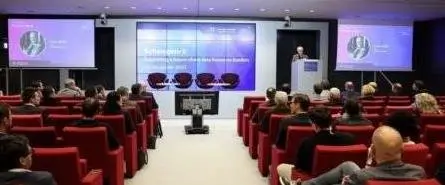
Schengen-X: Digital sovereignty for borderless data
On 4 and 5 December 2023, Luxinnovation hosts the “Schengen-X: Supporting a future where data knows no borders” conference. The objective is to discuss the development of a secure, federated European data infrastructure and the application of decentralised, digital ecosystems in cross-border use cases.
 Lena Mårtensson
Lena Mårtensson
Creating a secure and trusted environment where companies, research centres and public organisations can generate value from data is a way that fully respects security, confidentiality and privacy requirements is a key challenge for Europe. The Gaia-X initiative addresses this major task.
“Gaia-X is sometimes compared to the Airbus initiative, which was launched jointly by French and German aerospace companies to produce jetliners at a time when no European player was able to compete with American manufacturers on its own,” said Sasha Baillie, CEO of Luxinnovation, when opening the Schengen-X event. “The rest is history. Airbus became a company and is today the world’s second largest manufacturer of commercial aircraft. While there is no plan to turn Gaia-X into a company, the initiative has the same ambition of mobilising key players in a bottom-up manner and finding concrete solutions that will scale up Europe’s data capacities.”
Gaia-X: Enabling trusted decentralised digital ecosystems
Ulrich Ahle, CEO of the Gaia-X European Association for Data and Cloud AISBL, confirmed that the Airbus project was indeed a source of inspiration when Gaia-X was launched. “The vision of Gaia-X is to enable trusted, decentralised digital ecosystems that provide solutions for generating value from data in a way that makes European players able to compete on the global scale,” he said. “We work to create connected digital ecosystems building bridges between data on the one hand, and the infrastructures used to handle data on the other.”
We work to create connected digital ecosystems building bridges between data and infrastructures.
A central component of Gaia-X is the creation of thematic data spaces focusing on areas such as health, space, mobility and energy. These data spaces will provide safe, secure platforms for exchanging and giving access to data between trusted partners who adhere to the same high-level standards and guidelines. “Our ambition is that only 20% of the data space standards will be domain specific. The other 80% should be the same in order to ensure that data from different fields are fully interoperable,” Mr Ahle explained. At the same time, he pointed out that to succeed, a federated cloud infrastructure based on European values is needed. Using a bottom-up approach, Gaia-X is defining the rules, labels and frameworks to set up such an infrastructure.
The importance of digital sovereignty
A big proportion of the cloud infrastructure available today is provided by a few large international groups that are all from outside Europe. Gaia-X has the ambition to enable an infrastructure that gives Europe digital sovereignty. But what does this mean, and why is it so important?
“We need digital sovereignty to protect European interests and value,” underlined Raluca Peica, Director-General for Information at the European Court of Justice. “This means protecting data that can be of high value and having trusted infrastructure where this data can flow.”
To me, digital sovereignty means being able to make well-informed, self-determined decisions on our own, in the way we want.
“Europe once used to be at the forefront in the IT field with IT companies and manufacturers in virtually every country. Over time, most of these activities have moved to other parts of the world. The COVID pandemic was a large eye opener: when the global supply chains were broken, we saw that Europe has lost its ability to do things on its own in the digital field,” said Anders Dam Jensen, Executive Director at the EuroHPC Joint Undertaking. “Building technological and digital sovereignty means regaining this lost ability.”
Peter Kraemer, Director Data Sovereignty Solutions at Capgemini, underlined that digital sovereignty includes all infrastructure aspects: cloud, edge, storing and computing. “To me, digital sovereignty means being able to make well-informed, self-determined decisions on our own, in the way we want,” he said. “This means that we need to be the ones coming up with the solutions that ensure our sovereignty.” However, he also emphasised that European solutions should not be built in isolation but integrated into global ecosystems and used to manage data that flows within global value chains.
Targeting cross-border challenges
Organised by Luxinnovation which hosts Luxembourg’s regional Gaia-X hub, the Schengen-X event was designed together with the national Gaia-X coordinators of Belgium, France, Germany and the Netherlands – the five EU countries that were the first signatories of the Schengen Agreement. The second day of the event will be devoted to demonstrating real projects by various European stakeholders to create common data spaces in different verticals, including finance, health, mobility, agriculture and more.
By hosting Schengen-X, we want to reproduce the same sense of cooperation on Europe’s path to a federated cloud infrastructure.
“Schengen has become a symbol of the freedom of movement within a safe Europe,” said Ms Baillie. “As one of the smallest EU countries with a very international population and half of the workforce made up of cross-border workers, Luxembourg lives, feels and breathes every day what it truly means to move around freely, yet safely. By hosting this Schengen-X event in Luxembourg, we want to reproduce the same sense of cooperation on Europe’s path to a federated cloud infrastructure.”
Schengen-X is organised in parallel with the Data Summit Luxembourg, the launch event of the Luxembourg National Data Services (LNDS). “This morning, at the launch of the LNDS, we saw a lot of interoperable data in the making which is essentially the new fuel we hear so much about,” said Ralf Hustadt, Special Advisor on Digitalisation, Data Economy and Gaia-x at Luxinnovation. “This afternoon we have taken a look under the hood of the Gaia-X ‘engine’ needed to generate value from this data. So join us tomorrow when we showcase where you can drive and what you can do with data in a cross-border context once the engine is up and running.”
Photo credit: Luxinnovation/Sophie Margue



